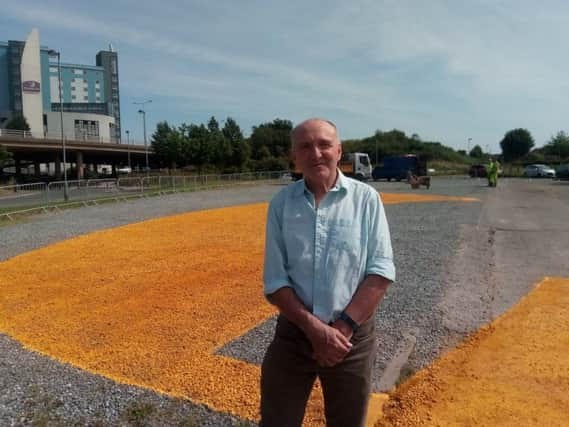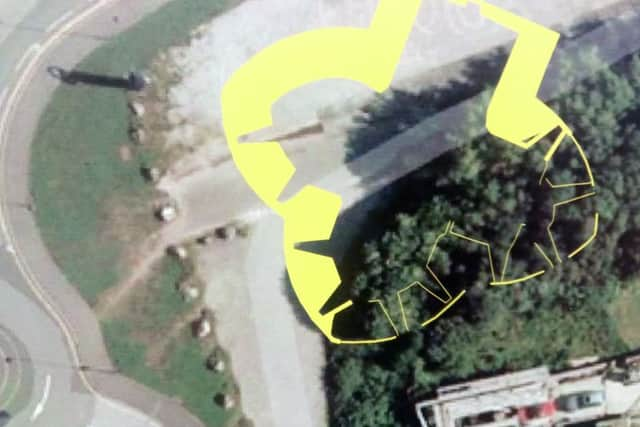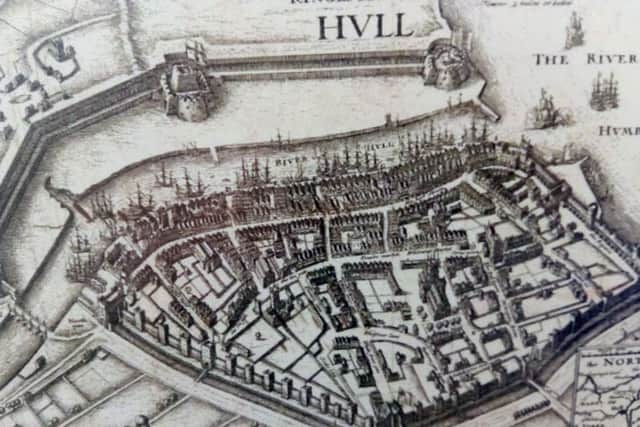Plans to excavate Tudor fortress built by Henry V111 buried in Yorkshire car park


Trenches will start being dug next month to discover more about the site of the South Blockhouse next to the Deep aquarium.
Built in 1541-43 to guard the mouth of the river Hull, then a port, from hostile ships, the fortress was later a prison and finally demolished in the 1860s.
Advertisement
Hide AdAdvertisement
Hide AdBut for over 300 years it dominated the skyline and could be seen from the opposite bank of the Humber.


Its most infamous role was as a prison for Catholic dissenters. In the late 16th to 17th century some poor souls were imprisoned for years in rooms which overflowed on a high tide.
Exactly 20 years ago archeologists uncovered a cannon identical to those recovered from Henry V111’s sunken flagship the Mary Rose during a dig ahead of the building of the access road to the Deep.
Now some of the same archeologists are returning, with a brief this time, to dig deeper and learn more about its construction.
Advertisement
Hide AdAdvertisement
Hide AdThere’s even an outside chance they may come across one of the other cannons, which weighed a tonne and were probably dumped from the side of the building, after outliving their usefulness.


It comes after Hull’s Old Town was named a Heritage Action Zone earlier this year by Historic England. One project could see the Blockhouse excavated and put on permanent display.
By happy coincidence the site is only a short stroll from where Hull Council is intending to build a £50m riverside cruise terminal.
The council - which has seen an avalanche of inward investment in its City of Culture year - recently announced £27.5m plans to make a new visitor attraction of three former dry docks further up the River Hull.
Advertisement
Hide AdAdvertisement
Hide AdArcheologists have been marking the cloverleaf lines of the buried walls of the Blockhouse in bright orange paint for people to come and have a look tomorrow and on Thursday.


Project manager Ken Steedman said they wanted to raise public awareness of the site.
Developing it would be expensive and they’d have to raise funds, but he said: “I’d like to have somewhere people could visit because there are very few intact early buildings in Hull. The tremendous interest generated by Beverley Gate shows just how much interest the people of Hull have in having the physical remains of their past on view.
“A lot of it is lost or buried.”
The four-week dig starts on the August Bank Holiday. People will have a chance for another look in September as part of Heritage Open Days.
Mr Steedman said the Deep, which uses the site for coach parking, had been cooperative. He said: “Obviously there is some inconvenience - any long term plans would have to take that into account.”